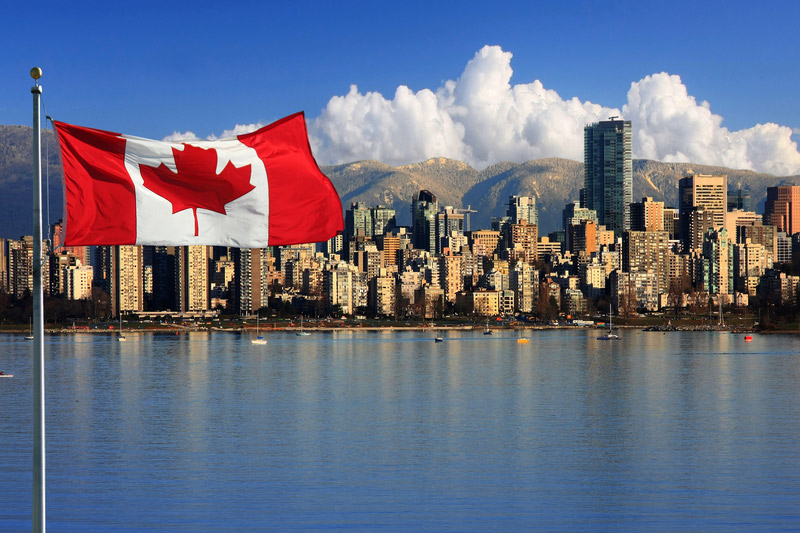By Fergal Smith
TORONTO, May 31 (Reuters) - Canada's Newfoundland and
Labrador province found a large buyer for the most recent sale
of its bonds, which had been beaten down after the oil price
plunge pushed the eastern province deep into deficit and raised
the premium it pays to attract financing.
The province on Friday issued C$675 million ($514.83
million) of 6-year bonds, of which C$375 million was privately
placed. The carve-out from the larger publicly placed deal
indicated to market players that there was a large pre-order.
"Newfoundland has demonstrated that it is able to place
bonds amongst larger investors," said Brian Calder, a senior
bond trader at Franklin Bissett Investment Management.
The deal came as the province's bonds offered significant
additional yield compared with other provinces, such as Ontario.
The spread on Newfoundland's 30-year bond has jumped to more
than 50 basis points above Ontario's after having traded near
flat before the collapse of oil production in Newfoundland led
to a 2.3 percent contraction of its economy in 2015.
Friday's deal was priced at a spread of 108.5 basis points
above the equivalent maturity Canadian government issue,
according to IFR Markets, part of Thomson Reuters.
"We thought the spread was good," said Hosen Marjaee, senior
managing director, Canadian fixed income at Manulife Asset
Management, who participated in the deal.
The province can access taxation and in a worst-case
scenario will be supported by the federal government, he added.
To be sure, concern about "fiscal erosion" last month
triggered a downgrade of the province's credit rating in
mid-April by ratings agency DBRS to A (low) from A.
However, the trend on the rating was changed to stable from
negative because of the new Liberal government's commitment to
take credible action.
The last provincial budget projected a narrowing in the
deficit to C$1.8 billion 2016-17 from C$2.2 billion in the prior
fiscal year as the government raised taxes and fees and cut
spending. Brent crude oil has since blown past the $40 a barrel
average price expected for 2016-17. The province is targeting a
return to surplus in 2022-23.
Both the budget and the oil rally have been positive
developments for the province's bonds, said Marjaee.
($1 = 1.3111 Canadian dollars)
- English (USA)
- English (UK)
- English (India)
- English (Australia)
- English (South Africa)
- English (Philippines)
- English (Nigeria)
- Deutsch
- Español (España)
- Español (México)
- Français
- Italiano
- Nederlands
- Português (Portugal)
- Polski
- Português (Brasil)
- Русский
- Türkçe
- العربية
- Ελληνικά
- Svenska
- Suomi
- עברית
- 日本語
- 한국어
- 简体中文
- 繁體中文
- Bahasa Indonesia
- Bahasa Melayu
- ไทย
- Tiếng Việt
- हिंदी
Newfoundland finds large buyer for province's beaten-down bonds
Published 2016-05-31, 04:29 p/m
Newfoundland finds large buyer for province's beaten-down bonds

Latest comments
Install Our App
Risk Disclosure: Trading in financial instruments and/or cryptocurrencies involves high risks including the risk of losing some, or all, of your investment amount, and may not be suitable for all investors. Prices of cryptocurrencies are extremely volatile and may be affected by external factors such as financial, regulatory or political events. Trading on margin increases the financial risks.
Before deciding to trade in financial instrument or cryptocurrencies you should be fully informed of the risks and costs associated with trading the financial markets, carefully consider your investment objectives, level of experience, and risk appetite, and seek professional advice where needed.
Fusion Media would like to remind you that the data contained in this website is not necessarily real-time nor accurate. The data and prices on the website are not necessarily provided by any market or exchange, but may be provided by market makers, and so prices may not be accurate and may differ from the actual price at any given market, meaning prices are indicative and not appropriate for trading purposes. Fusion Media and any provider of the data contained in this website will not accept liability for any loss or damage as a result of your trading, or your reliance on the information contained within this website.
It is prohibited to use, store, reproduce, display, modify, transmit or distribute the data contained in this website without the explicit prior written permission of Fusion Media and/or the data provider. All intellectual property rights are reserved by the providers and/or the exchange providing the data contained in this website.
Fusion Media may be compensated by the advertisers that appear on the website, based on your interaction with the advertisements or advertisers.
Before deciding to trade in financial instrument or cryptocurrencies you should be fully informed of the risks and costs associated with trading the financial markets, carefully consider your investment objectives, level of experience, and risk appetite, and seek professional advice where needed.
Fusion Media would like to remind you that the data contained in this website is not necessarily real-time nor accurate. The data and prices on the website are not necessarily provided by any market or exchange, but may be provided by market makers, and so prices may not be accurate and may differ from the actual price at any given market, meaning prices are indicative and not appropriate for trading purposes. Fusion Media and any provider of the data contained in this website will not accept liability for any loss or damage as a result of your trading, or your reliance on the information contained within this website.
It is prohibited to use, store, reproduce, display, modify, transmit or distribute the data contained in this website without the explicit prior written permission of Fusion Media and/or the data provider. All intellectual property rights are reserved by the providers and/or the exchange providing the data contained in this website.
Fusion Media may be compensated by the advertisers that appear on the website, based on your interaction with the advertisements or advertisers.
© 2007-2024 - Fusion Media Limited. All Rights Reserved.